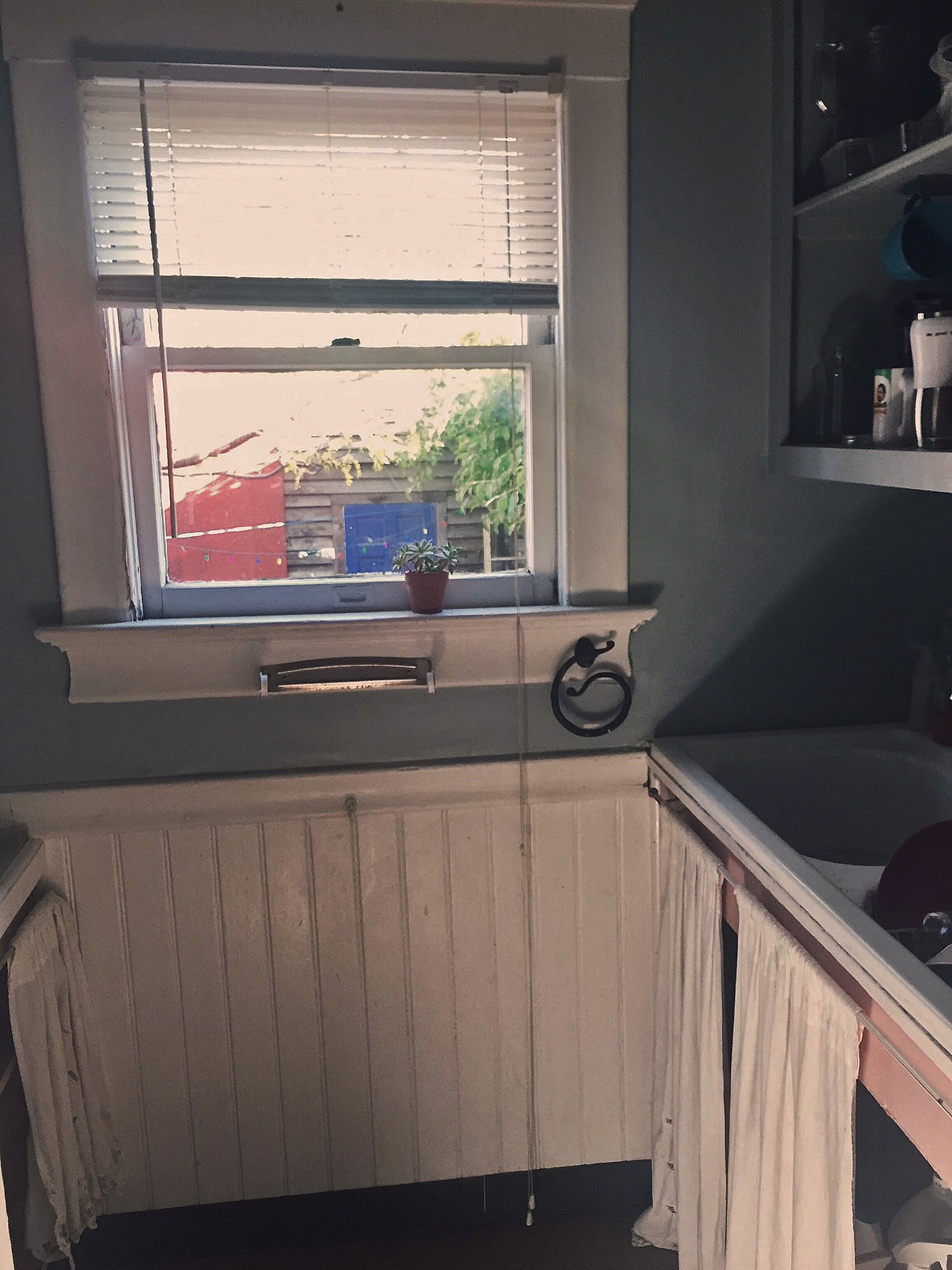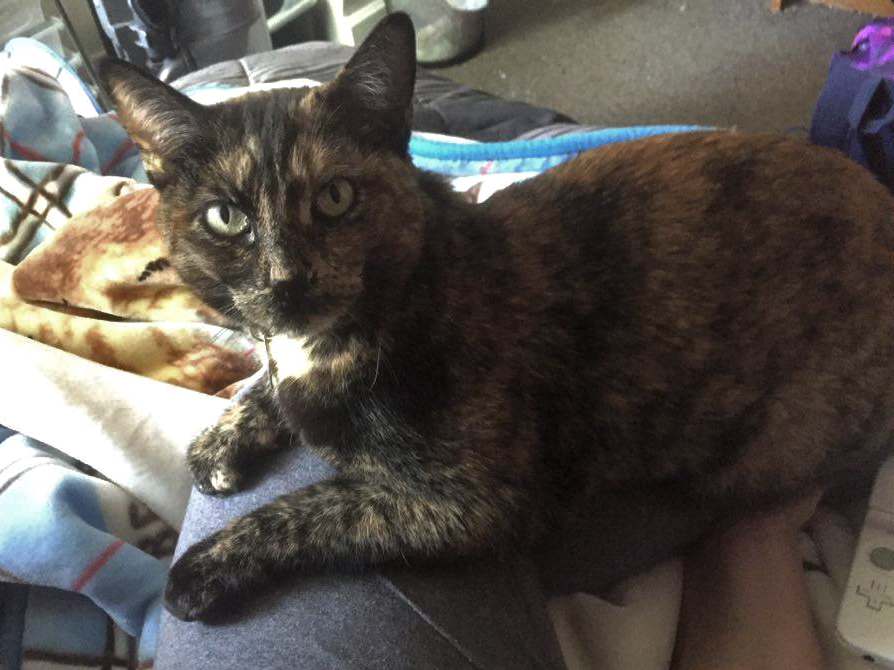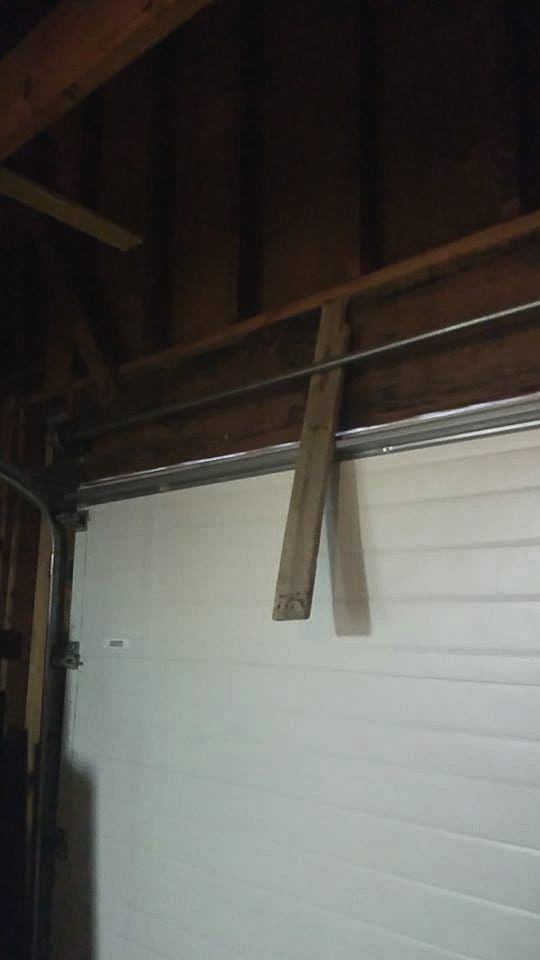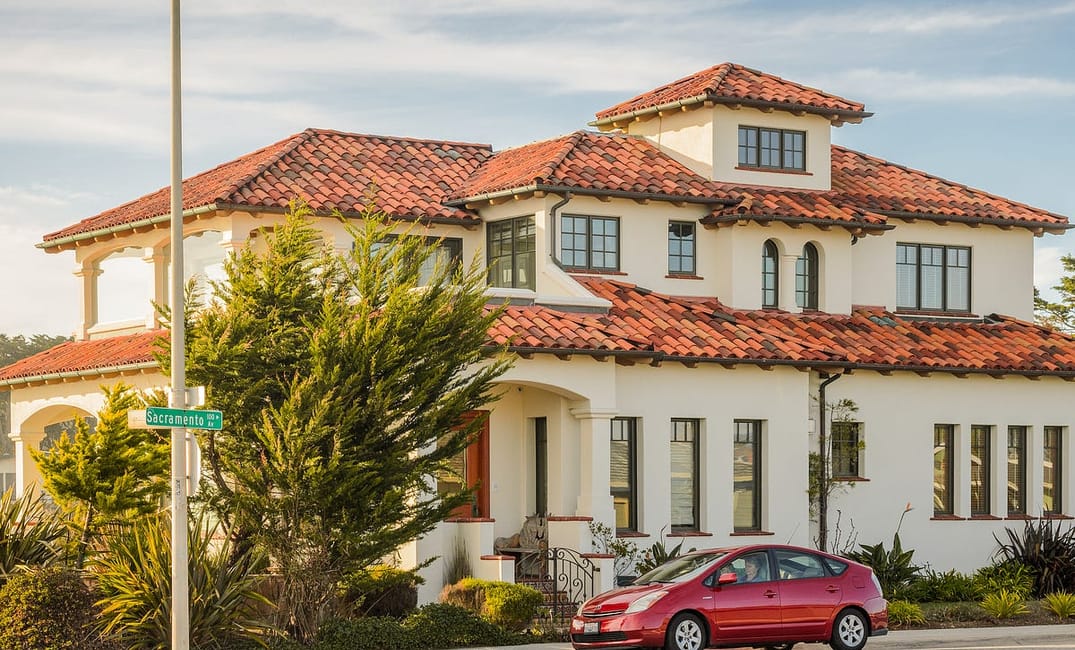
What do you think of when you hear the words “Santa Cruz”? The Beach Boardwalk, the surfers, the weed, the chill vibes? A vacationer driving down Highway 1 may admire the long-boarders sailing down the sidewalk past rustic California Craftsman homes and idyllic Victorians. Yet behind the sloping eves and bright paint, the simple truth is that Santa Cruz is built on the systematic exploitation of thousands of college students.
It took me four years of living in Santa Cruz as a student to realize how bad the housing situation really is. Now I just can’t believe how long it took to notice the obvious. To wit: a single four-bedroom rental in Santa Cruz will usually hold eight residents or more; the lucky residents willing to shell out $2,000 a month can get a room to themselves. The less fortunate pay nearly that much to share a garage or backyard shed. Those who can’t afford a shed or garage are forced to drop out or crash on a friend’s couch, as many of us do at least once during our tenure at UCSC. The word “inhumane” might spring to mind at the thought of living with seven other people in a house built for four. So why has Santa Cruz allowed inhumane to become the norm?
It isn’t just the students who suffer; it’s everyone who lives in Santa Cruz.
The problem begins where most would expect — the school. The University of California at Santa Cruz accepts an increasing number of students each year, knowing full well they have nowhere to put them. Nine years ago, UCSC was even sued by the city of Santa Cruz itself for its student-housing failures. The two parties agreed that for up to 15,000 students, the school must provide 7,125 beds. Beds. The university has not built a new residential college since 2002, but it added beds. The administration loves using this vague metric when it talks about housing.

It’s no wonder that the school doesn’t bother to hide the peculiarity of using beds as a unit of measurement. Are students nothing more than just another paycheck? Past 15,000 students, 67 percent of students admitted must be given housing on campus. This still leaves thousands of students without guaranteed housing, but as long as the correct number of beds is met, why should the university care? It isn’t their problem; it’s the students’.
But it isn’t just the students who suffer; it’s everyone who lives in Santa Cruz. Locals, newcomers and people who have lived in Santa Cruz since childhood are just as affected by the city’s impaction. As are the 1,500 or so homeless men and women on the streets.
But even post-lawsuit, the school still doesn’t get it.
While students may just be a number to college administrators, they are human too — very real, very worried humans. As the university is busy dealing with the administrative bullshit of percentages and beds, clueless teens are thrust into one of the most treacherous housing markets in California. Most of them have never seen a lease, much less signed one. So instead of focusing on school, many students spend their “free time” frantically looking for a place to live — any place to live. Studying is less important than homelessness — after all, what’s the point of passing a class if you’re not even going to be able to come to school next year?

Richard Hartnell, a fifth-year transfer double-majoring in cognitive science and neuroscience, almost had to give up a full ride to UCSC simply because he had no place to live. “At least in the Bay Area, there are dodgy warehouses to live in or whatever, but I tripled my rent by moving here from East Oakland,” he said. On top of the tripled rent, Richard and his housemates got a 60-day eviction notice on May 1. “Two of my roommates are students, and they’re now, like, ‘Midterms? Nahhhh, housing search, I guess.’” Richard said that the landlord decided to kick them out so he could soup up the place and rent it for even more profit.
John Baldwin, a 36-year-old transfer, married his girlfriend just to gain access to Family Student Housing, without which they wouldn’t have been able to stay at UC Santa Cruz. Fittingly, he proposed to her in a UCSC parking lot. Those without convenient loopholes are forced off of campus and into the hands of people who care even less than administrators: landlords. Angela Riley, a senior majoring in women’s studies, said that she could barely find housing due to her emotional-support cat, Amber. “Place after place, from all different price ranges, would deny me as a tenant because of my [emotional-support animal], even though by law landlords cannot discriminate against people with accommodations,” she said. It’s easy for landlords to turn away a girl and her cat when they have hundreds of less furry applicants. There are simply too many people and too few places to live.

Renters in Santa Cruz are helpless, and those with the power know it.
The landlords of Santa Cruz can smell desperation and inexperience. Scams, lies and even broken laws don’t scare the greedy money-grubbers that are Santa Cruz landlords. They know they can get away with just about anything when almost no one knows their rights, and when even fewer actually exercise them. Landlords look at a hopeless student and see a spring of money that they can—and will—bleed dry. It is, after all, mommy and daddy’s money that the students are spending — or so I’ve been told. Maybe thinking that students don’t work ridiculous hours on top of full-time schoolwork just to pay rent helps landlords sleep at night. Who knows. Either way, landlords extort students, charging them “application fees” to even be considered, cancelling out on already signed leases because another tenant bribed them an extra $500, and bumping up rent after the renter is trapped. One student I spoke to claimed that his (and his housemate’s) rent went up from $525 to $700 in just one year. And the landlords blame inflation. In the past year, inflation in Santa Cruz has risen by 0.3 percent, yet somehow this translates to a 25 percent bump in housing prices. From students to locals, everyone is feeling the strain, and inflation isn’t to blame—it’s greed.
The greed of landlords doesn’t stop at selling off their overpriced closets to the highest, most desperate bidder. If overcrowding wasn’t enough of an issue, then the deplorable living conditions very much are. Black mold, garages locked only by a piece of wood, nonexistent heating, roots growing into plumbing — I’ve heard it all. These are all very sound reasons to report your landlord to the County of Santa Cruz, at which point they could face expensive fines and have to fix everything before renting again. But this can happen only if renters file a complaint—and in doing so, risk eviction.

Even if students knew that they could report their shitty living conditions, which the majority don’t, they risk losing the barely-there shelter that was nearly impossible to find in the first place. When someone moves to Santa Cruz, they quickly learn to manage their expectations. Longtime Santa Cruzians have simply learned to put up with it.
The fact of the matter is this: renters in Santa Cruz are helpless, and those with the power know it. They entice people to come to a town that measures living conditions not in comfort but in beds. It’s easy when their abuse is hidden by the idyllic Santa Cruz countryside. As soon as it can, the school kicks out students to make room for even more students, leaving teens to navigate unfamiliar waters—unfamiliar, tumultuous, treacherous waters full of goddamn sharks. And those sharks aren’t afraid to take more than their renters have to give, because what it all boils down to, in the end, is money. Money, money, money. The question is, how much more do the people of Santa Cruz have to give before they’re bled dry? The housing bubble of Santa Cruz has to pop eventually, and it isn’t just the school or the landlords who will suffer — it’s the people who live there.







